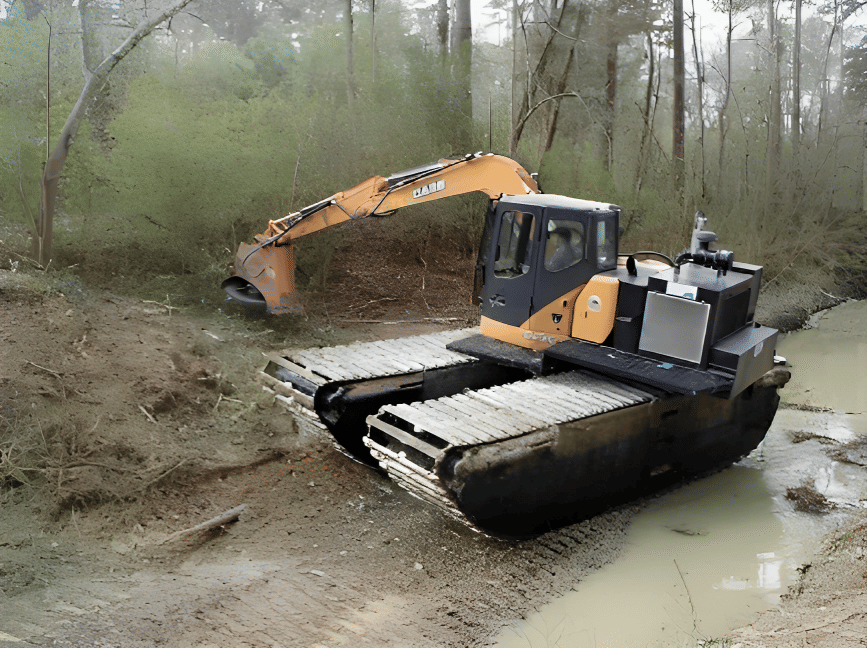
How Does an Amphibious Excavator Work?

How Does an Amphibious Excavator Work?
Although it might seem straightforward, many people wonder how amphibious excavators work and what they are best suited for. Amphibious excavators, as the name implies, have been designed to operate within wet areas where some serious mass-moving is needed. However, a wetland excavator is more than just a mechanical arm for leverage. We’ve put together some facts about the key components of wetland excavation equipment and how they impact its most common uses.
Amphibious Excavator Pontoons
The secret ingredient for getting an excavator into wet and swampy areas is a couple of pontoons. Wetland excavators can be equipped with different sizes of pontoons for extra buoyancy and stability in water. With more or larger pontoons, the wetland buggies are able to work in areas with greater water depths. Good pontoons will have integrated steps to allow operators easier access to the vehicle’s cabin. In addition, pontoons are coated with anti-skid surface coatings and reinforced strategically to prevent puncturing. All pontoons are purpose-built for each model of amphibious excavator’s undercarriage.
Amphibious Excavator Undercarriage
As these amphibious buggies have been designed to operate in areas with less-than-ideal load-bearing capabilities, their undercarriages have been built for low ground pressure and maximum buoyancy. Lower ground pressure means that the surface will also have minimal shifting and damage.
Dredging with an Amphibious Excavator
Waterways come in a variety of depths and forms, some being impractical or even downright impossible for conventional excavators to operate within. Amphibious excavators are designed with these terrain difficulties in mind in order to operate in environments several feet in depth. Expanded dredging is possible with the use of a hydraulic dredging pump that pumps silt from the area over a distance of up to 500 meters.
Amphibious Excavation on Soft Ground
Amphibious excavators are well suited for work in areas where the ground is soft and unstable. This is because of their floatation system, which prevents them from getting bogged down in peat, sand, and other soft operating areas. This also makes them ideal for clearing lumber.
Riverbed Deepening and Shoreline Construction
River deltas often need regular de-silting and deepening to keep them flowing healthily. Marsh buggies are suitably designed to perform this series of river deepening work by hauling solid mass and removing excess silt to avoid flooding. With increasing weather changes across the nation, amphibious excavators protect against these rapid rises in water. Levees along riverways are able to be quickly constructed by using amphibious excavators with pontoons which allow them to keep working even in the wettest of conditions.
Buy the Best Amphibious Excavators for Sale Today
At Wetland Equipment, we have the most durable amphibious excavators for your needs. Customize your machine’s size, floatation, carrying capacity, dredging, and more with the help of our experienced crew that turns wetland excavation into a passion. Call or email us today to get started on finding your perfect machine for the toughest jobs!
